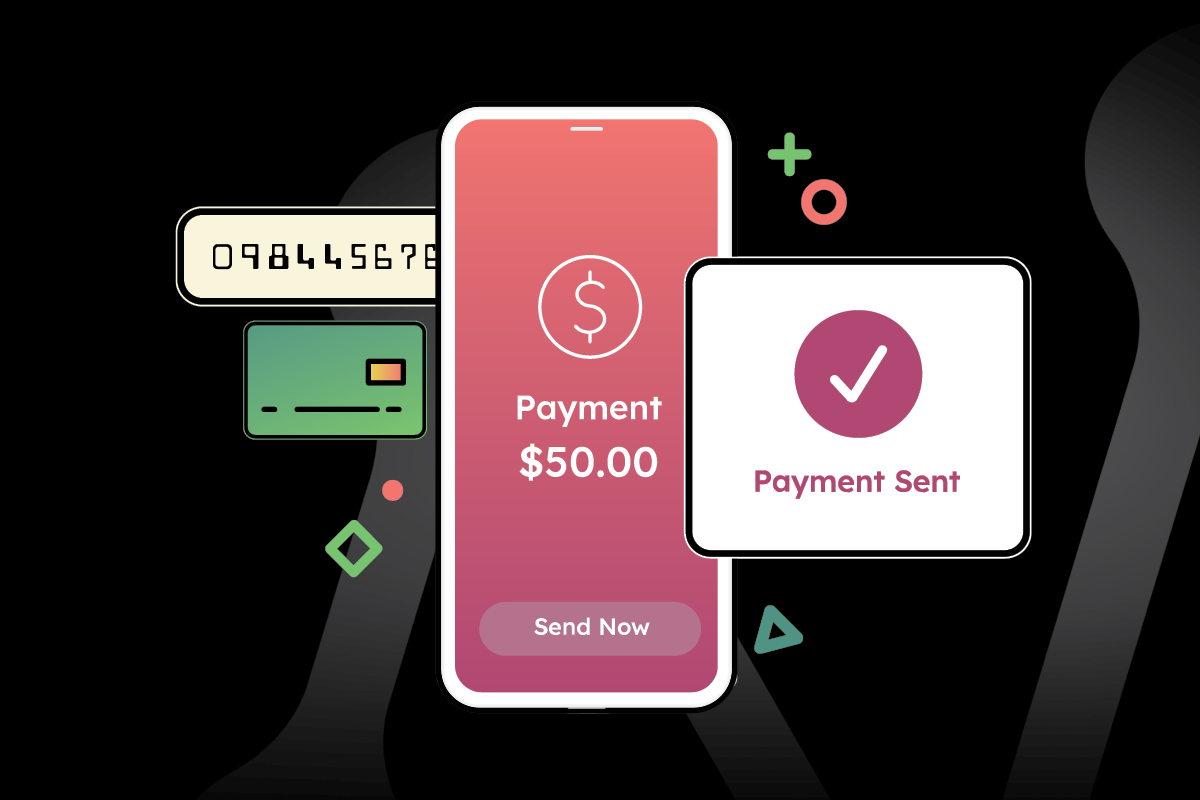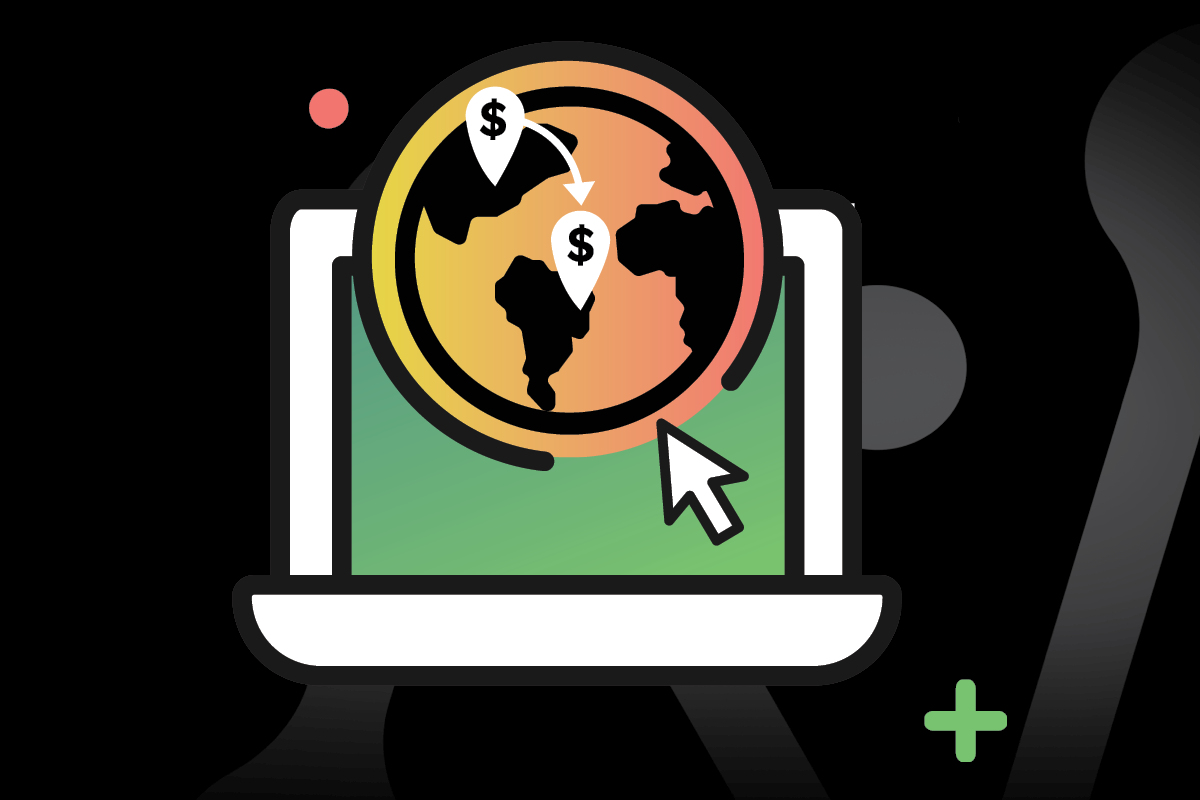
Our Experts Answer Your Biggest Questions About Financial Services and Banking Fraud in Real-Time Payments
In the first session of our “The Dark Side of Speed: Fraud in Real-Time Payments” webinar series, fraud expert and consultant David Liu (formerly with American Express and Socure) joined NeuroID’s Nash Ali to discuss the rise of real-time money movement (RTMM) systems in the US. In their talk, David and Nash broke down RTMM’s impact on banks, financial institutions, and fraud teams. They covered evolving fraud types, shifts in liability, and more, taking questions from the audience throughout. Here are some of the questions asked live and our experts’ answers to them.
Question 1: Are scams considered first-party or third-party fraud?
Answer: Scams are third-party fraud, but it’s a tricky question because they look like first-party fraud. In a scam, the victim is a real person using their own information. The victim will pass ID checks, device signals, and other measures that would stop conventional third-party fraud attempts. Scam victims do, however, behave differently than they do when they’re not being scammed. Behavioral data reveals information that other fraud prevention tools can’t and is crucial in stopping scams, because we track intent, which is incredibly difficult to spoof.
Question 2: It’s sometimes unclear whether a fraud event was first-party fraud or third-party fraud. What does this mean for consortiums who gather data on fraud types?
Answer: Consortiums will likely need to begin tracking the quality of data an institution provides in addition to the fraud type data they’re already collecting. Even with loads of evidence available to them, institutions often can’t distinguish between first and third-party fraud. For consortiums collecting this data, those unconfirmed events can compromise reliability. Having a record of institutions that provide high-quality fraud data means consortiums can be more confident in the accuracy of the information they’re compiling.
Question 3: Are restrictions on cookies, like Google blocking third-party cookies on Chrome and GDPR changes, going to impact biometrics vendors who use Javascripts?
Answer: It’s possible, but your fraud mitigation ability won’t be impacted as long as you have the right tools in place. Privacy concerns are always going to be top of mind in fraud prevention, so it’s important to find a solution that does not carry heavy privacy risks. Solutions like behavioral analytics are not impacted by the same regulations affecting biometrics providers and add a friction-free, first line of defense against fraud anywhere user interaction occurs.
Question 4: When detecting fraud in real-time payments, how impactful is gathering both behavioral analytics and device information?
Answer: Very. Device information is great for recognizing returning users, but if you’re relying on it for fraud prevention, fraudsters know how to circumvent it. Behavioral analytics adds an extra source of information to inform decisions, giving you even greater confidence in your fraud solutions.
Do you have questions about RTMM? Don’t miss your chance to ask experts directly! Join us on February 7 at 2:00 PM EST for our next webinar, “Growth and Fraud and Opportunity Across Borders in Real-Time Payments” with fraud and payments executive Curt Haid (formerly Visa, HSBC, Citigroup) and Nash Ali, Head of Operational Strategy for NeuroID.



